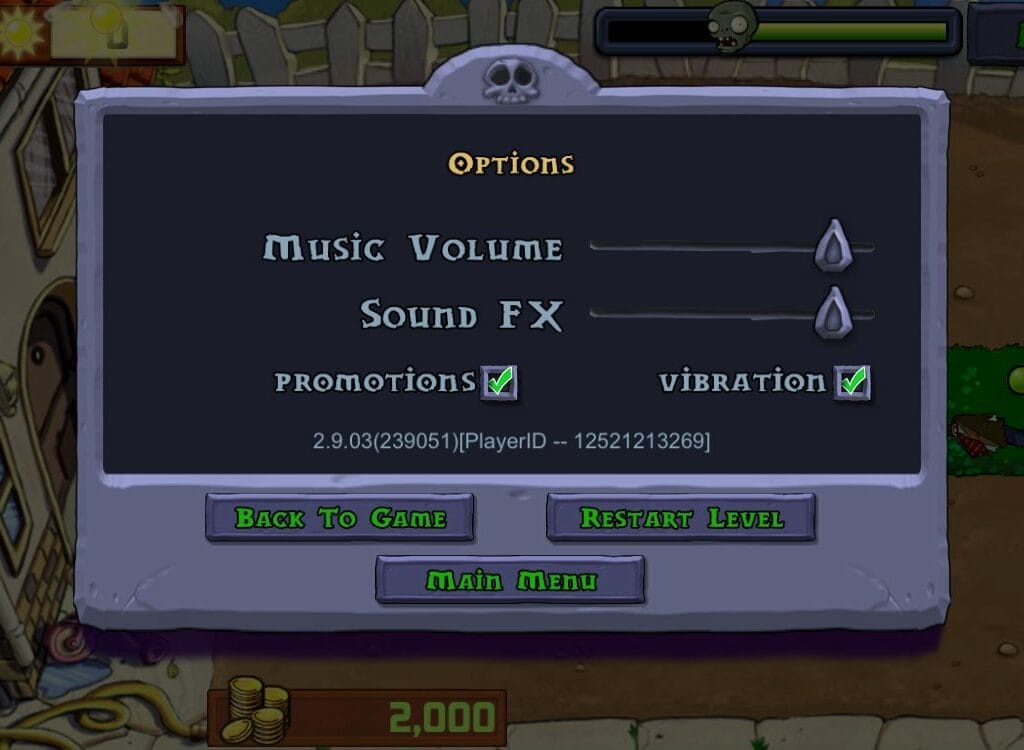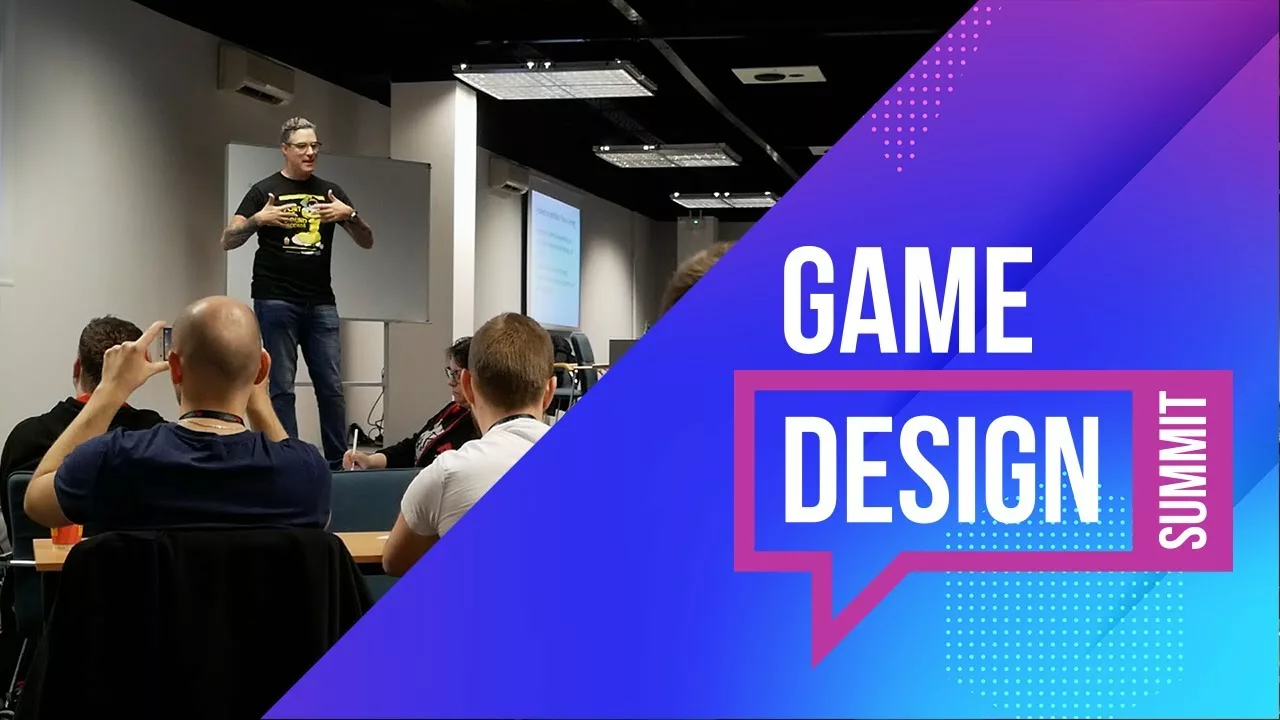One of the main problems of modern game development/design is how to teach the player to actually play the game, without having to read boring manuals. In this article we will look at some insights on creating a game tutorial for your game.
Tips for creating a game tutorial
10 tips for creating a tutorial for your game
With any game, you can learn how to play, and Plants vs. Zombies is an interesting case study in how to make “hardcore” strategy content accessible to casual gamers. Previously, the game industry had incorrectly concluded that casual gamers simply weren’t interested in certain game genres. Plants vs. Zombies not only appealed to casual gamers, but also avoided alienating veterans. While George Phan acknowledges that there are many factors that contribute to achieving this kind of mass appeal, he believes that most of the success can be attributed to the area in which he invested the most time: presenting a way to learn how to play the game.
In his talk at GDC 2012, How I got My Mom to Play Through Plants vs Zombie, George Fan (Designer of the game) setups the bases for some interesting advices as to get the player engaged with the game without dying in the intent.
The following points are a summary on the 10 techniques he uses to better teach game mechanics to players, using specific examples from Plants vs. Zombies to illustrate these concepts.
1) “Integrate the tutorial into the game”.
If you give players a choice, they will almost always skip the tutorial. Most of times, this is because there are a lot of terrible tutorials out there. Players often refer to the tutorial as “the part of the game before you get to the fun part.”
This concept is a call to stop thinking of the tutorial as an isolated part of the experience. The goal is to integrate “learning the game” into the game experience so seamlessly that the player has no idea where the tutorial ends and the game begins, or if there is a tutorial at all.
A Game Designer/Developer should strive to integrate learning features into their games. This can be done by integrating fun and learning into the game, as opposed to a model where fun and learning are separate and the game part is seen as purely reward.

Commodore 64 C64 Mini USA Version
High definition output at 720p via HDMI
Pixel Perfect display, with US/Europe display modes and CRT filter options
Save game function. Supports software updates via USB flash drive
2) It is better to “do” than to “read.”
As a medium for conveying information, there is a trade-off between play and text. Text is richer in information and easier to produce, but “doing” is more fun and memorable.
There are some exceptions to this “rule” and sometimes games should be avoided if the content can be conveyed more effectively in another medium, but in general terms, games are usually the best solution for mastering certain concepts in depth.
Game developers refer to the “mechanics” of a game as the way in which actions can be performed in the game, but they need to be to connected to the learning objectives of the game mechanic, thusway, creating an engaging and educational experience.
3) “Spreading the lessons of the game mechanics.”
The more a user is immersed in an experience, the more time they are willing to spend learning. It may seem counterintuitive, but if you start with a tutorial that only shows the bare essentials, and then patiently and gradually build up the knowledge, the learning effect will be exponential.
4) “You should only do it once”.
The essence of this rule is that by making them do a certain behavior, you motivate them to do it for the first time. Not much to add here, but flashing lights and animated arrows are the most efficient way to convey an action.
5) “Use fewer words”
The basic rule for Fans is “maximum 8 characters on the screen”. Remember that this is advice for practice texts, it’s different for texts for stories.
There are a number of reasons why brevity matters.
There’s psychology at work here. Miller’s Law The magic number seven, plus or minus two: concise text that can be understood at a glance keeps your flow from stalling.
The simplest rules are the easiest to remember.
If the text is too long, people won’t be able to read it.
Instead of explaining too much and endearing yourself to players, it’s better to leave breadcrumbs and make players feel like they’re being clever by connecting the dots, which makes for a better experience.
You may have noticed that all of the fan tutorial rules are 8 characters or less.
6) “Use discreet messaging whenever possible.”
Fans are encouraged to communicate passively, i.e. messages are displayed in a way that does not interrupt the game.

There is a subtle difference between hint banners and pop-up dialogs. Usually, a pop-up interrupts the player’s activity and prompts them to take action. Often, this type of communication is about directing the player’s attention to other aspects of the game.
Passive communication not only avoids interruptions, but also allows the player to stay on the screen until the desired action is performed.
7) “Use Adaptive Messaging.”

Resisting the urge to provide guidance up front, Fan avoided explicit instructions as much as possible. Instead, he preferred to give hints and allow the player to explore and discover. By adapting and responding to players’ needs, Plants vs. Zombies is able to support new players and avoid frustrated veterans. Players will quickly stop listening to you if they feel you are smarter than the tutorial.
Multiple levels of hints can be a bit daunting for developers, but from the user’s perspective, this minimizes the amount of tutorial. Measuring how much scaffolding is needed is also a good benchmark for evaluation.
8) “Don’t make noise.”
Regardless of how you communicate with users, the text of your tutorials should always be immediately relevant and targeted. If you pollute your communication channels with jokes, backstories, or character introductions, you run the risk of being ignored.
Fan, in his talk, mentions that he experimented with the dialog box as a means to the tutorial’s end: first, because it requires an extra step to introduce a character, and second, because it presents information of very different importance in one system!
The second problem is that you have a system for information of very different importance. Even if the goal is to integrate the tutorial into the game, It is best to have a system that is exclusively for communicating the tutorial.
9) “Teach with pictures”

The more solid the visuals are, the less you have to teach. You need to be able to look at a game object and immediately understand what its function is in the game. Depending on the subject, it may be more important that the game graphics “look good” than that they are realistic.
10) “Use what people already know.”

Players bring all their previous life experiences into the game. For example, it’s common knowledge that zombies are dumber and slower than normal humans, so why tell the player that?
Every game has its own unique challenges, and the way we solved them in Plant vs. Plant is unique. For example, in educational games, you rarely have the luxury of spending hours completing Plants vs. Plants’ adventure mode. This is a very time inefficient way of learning.
Conclusions
There is another game designer which a recognized knowledge in the games industry George Huang’s that discusses on how games rules interact with each other. Most of his lectures were built on the universal and powerful idea of passive communication with clear and concise references to scaffolding.
The most important rule for learning games is that they can be communicated most effectively in the middle or at the end of the game, after the players have become engrossed in the game.
If you have any comment our doubt don’t hesitate to leave your question or doubts in the comments section of this post. If you want to read more interesting content, check out our blog.




